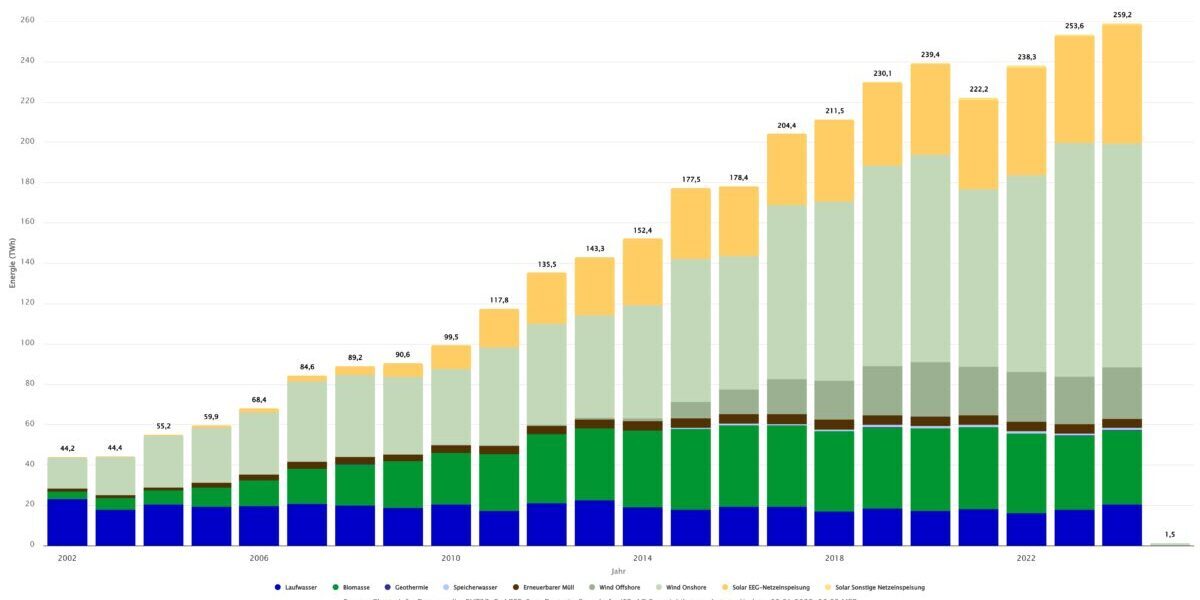C&I power consumers are increasingly deploying solar arrays in Pakistan due to high energy prices and tariffs.
“The average industrial consumers currently pay a tariff of $0.12/kWh,” Omar Malik, the CEO of Pakistani solar developer Shams Power, told pv magazine. “But this is only half the story, as they also have to pay another $0.10 in taxes on every kilowatt-hour they purchase from the grid. The government relies on five to six sectors for the bulk of its indirect tax collection, with electricity being one of the largest ones.”
High-self consumption rates mean lower electricity costs and lower taxes. Under the nation’s current regulations, the sale of excess power to the grid under net metering is only allowed for generators up to 1 MW in size.
The government also only exempts import duties on solar panels. “The exemption on solar inverters has been recently removed,” Malik said. “But this has not had consequences on the market development.”
Pakistan’s National Electric Power Regulatory Authority (NEPRA) issued 1,596 net-metering licenses across the country with a cumulative capacity of 221.05 MW in the 2022-23 fiscal year, according to official statistics from the Associated Press of Pakistan.
Malik said the market is also growing in terms of panel imports.
“In 2022, 2.8 GW of solar panels were imported into Pakistan. In 2023, about 5 GW, despite the import controls, and this year the prediction is for up to 12 GW,” he stated.
Financing concerns
One of the main hurdles to address in Pakistan’s C&I segment is access to financing.
“Banks and lenders in Pakistan keep considering solar assets as very fast depreciating assets,” Malik explained, noting that the volatility of the Pakistani rupee is still an issue compared to India, where access to financing is easier. “The Indian currency is stable enough for international investors.”
Despite these challenges, Shams Power was able to raise $20 million debt from local banks backed by a guarantee from an international credit enhancer, GuarantCo.
“In order to achieve this, we have to bring the bank in at the project finance stage,” Malik explained. “Or we can even do this after a year or two of operation, when we have some defined cash flows and we can show how these assets are performing and get the portfolio refinanced.”
Many Pakistani companies that export denim and textiles to the US and European markets face pressure from their buyers to support their supply chains with clean energy.
“In effect, there is some pressure to move toward renewables, but it is not coming from the government,” said Malik.
Storage segment
The C&I segment does not yet offer a big business case for battery storage.
“Batteries are still not economically viable when it comes to grid parity owing to high duties and taxes on import of batteries and storage technologies,” Irteza Ubaid, chief operating officer for Shams Power, told pv magazine. “With the current electricity price scheme in place, you can only generate profits when there is a power outage. Or when peak rates hit, you can start using batteries. However, the levelized cost of storage of C&I tier-1 batteries today, however, is still close to $0.35/kWh. We are still not able to give an economic benefit to clients to set up storage because they can buy grid power at less than $0.30, they're really not interested – unless they have a continuous production process and cannot afford any interruptions.”
Shams Power is currently building 5 MWh of storage projects in Pakistan.
“We have been educating our clients and convincing them about not just looking at the per kWh cost, but also looking at additional benefits like the quality of power and environmental benefits,” Ubaid said.
Import duties are still being imposed on batteries, which means upfront costs remain higher than in other, more mature renewable energy markets.
Shams Power has a track record of deploying more than 40 MW of C&I solar for major clients such as Coca-Cola, Mondelez, AkzoNobel, Metro, Packages, Shifa Hospital, Hyundai, and Sanofi. It has a pipeline of more than 200 MW with large multinationals and local businesses across Pakistan.
This content is protected by copyright and may not be reused. If you want to cooperate with us and would like to reuse some of our content, please contact: editors@pv-magazine.com.




5 comments
By submitting this form you agree to pv magazine using your data for the purposes of publishing your comment.
Your personal data will only be disclosed or otherwise transmitted to third parties for the purposes of spam filtering or if this is necessary for technical maintenance of the website. Any other transfer to third parties will not take place unless this is justified on the basis of applicable data protection regulations or if pv magazine is legally obliged to do so.
You may revoke this consent at any time with effect for the future, in which case your personal data will be deleted immediately. Otherwise, your data will be deleted if pv magazine has processed your request or the purpose of data storage is fulfilled.
Further information on data privacy can be found in our Data Protection Policy.